Bulbs
Flower Basics
Flower Beds & Specialty Gardens
Flower Garden
Garden Furniture
Garden Gnomes
Garden Seeds
Garden Sheds
Garden Statues
Garden Tools & Supplies
Gardening Basics
Green & Organic
Groundcovers & Vines
Growing Annuals
Growing Basil
Growing Beans
Growing Berries
Growing Blueberries
Growing Cactus
Growing Corn
Growing Cotton
Growing Edibles
Growing Flowers
Growing Garlic
Growing Grapes
Growing Grass
Growing Herbs
Growing Jasmine
Growing Mint
Growing Mushrooms
Orchids
Growing Peanuts
Growing Perennials
Growing Plants
Growing Rosemary
Growing Roses
Growing Strawberries
Growing Sunflowers
Growing Thyme
Growing Tomatoes
Growing Tulips
Growing Vegetables
Herb Basics
Herb Garden
Indoor Growing
Landscaping Basics
Landscaping Patios
Landscaping Plants
Landscaping Shrubs
Landscaping Trees
Landscaping Walks & Pathways
Lawn Basics
Lawn Maintenance
Lawn Mowers
Lawn Ornaments
Lawn Planting
Lawn Tools
Outdoor Growing
Overall Landscape Planning
Pests, Weeds & Problems
Plant Basics
Rock Garden
Rose Garden
Shrubs
Soil
Specialty Gardens
Trees
Vegetable Garden
Yard Maintenance
Facts About the Redwood Tree
Facts About the Redwood Tree. Soaring up to 350 feet in height, coast redwoods are the tallest trees on Earth. Commonly known as redwoods and officially known as Sequoia sempervirens, Latin for forever living, these huge trees and their close relatives, giants sequoias, were found throughout the northern hemisphere 60 million years ago. Today,...
Soaring up to 350 feet in height, coast redwoods are the tallest trees on Earth. Commonly known as redwoods and officially known as Sequoia sempervirens, Latin for forever living, these huge trees and their close relatives, giants sequoias, were found throughout the northern hemisphere 60 million years ago. Today, however, redwoods grow only on one narrow 450-mile strip of land that stretches from the northern coast of California into Oregon.
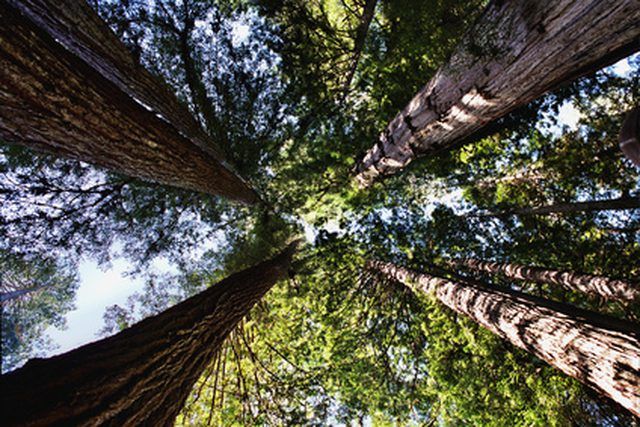
Redwoods have an average life span of 500 to 700 years, but some individual trees have been known to reach ages of 2,000 years. At one time, California was home to roughly two million acres of redwoods. However, since 1850, an aggressive logging industry has claimed most of that forest. Today, only four percent, or 85,000 acres of that old growth is still standing.
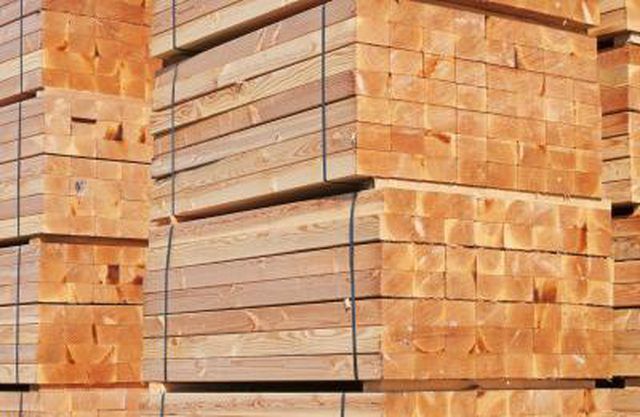
Redwoods thrive in the moist climate of the Northern California’s near-coast region which often records more than 100 inches of rainfall a year. During the summer, fog from the Pacific rolls over the redwood forest, moistening the greenery and protecting the trees from the season's high temperatures. Scientists estimate that a large redwood can hold 34,000 pounds of water.
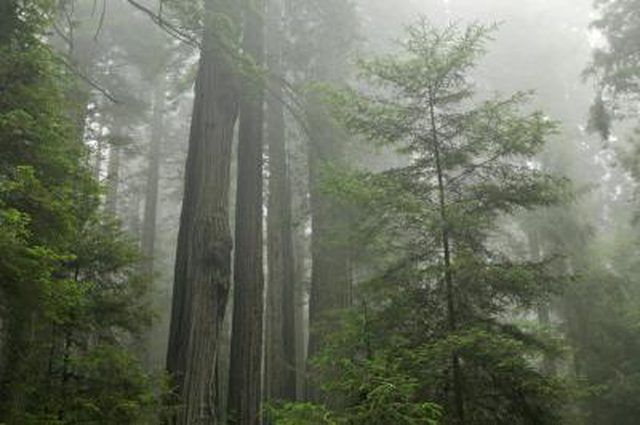
Redwoods are evergreen conifers, or trees that produce cones such as pines and spruces. Rather than leaves, they have green needles that they retain year round. Redwoods reproduce either from seeds similar in size to those found in a tomato, or from spouts that emerge from the forest’s complex root system. Known as one of the world’s the fastest growing trees, redwoods can gain five to seven feet in height each year.
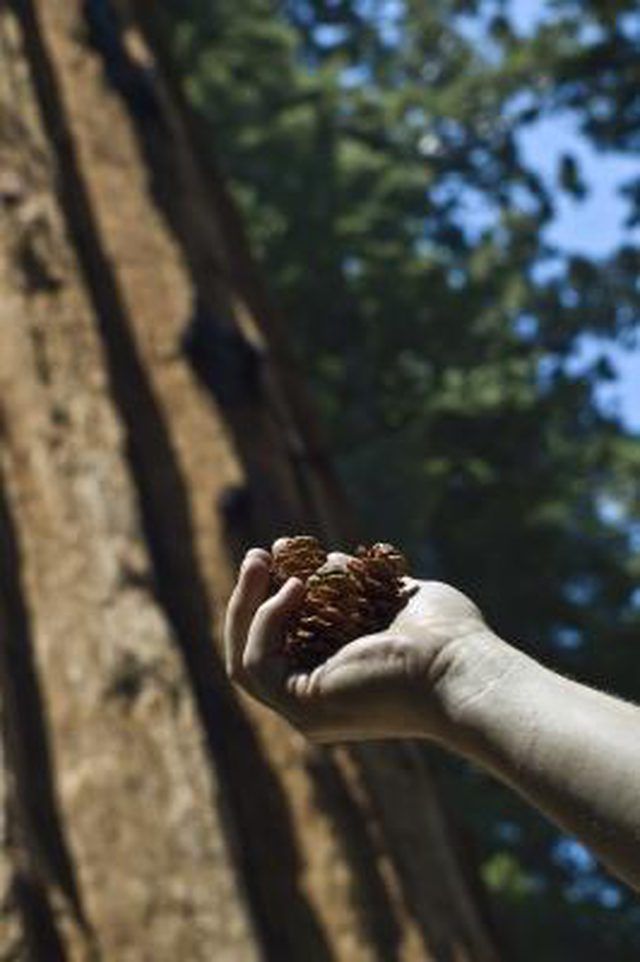
Redwoods can grow up to 22 feet in diameter. The cinnamon-colored bark that gives the trees their name is usually 12 inches thick, and protects redwoods from insects, birds and fungus. Their bark, which contains plenty of water-based sap, also protects the trees from forest fires. Although redwoods have no natural predators, they have a shallow root system that digs roughly 10 to 13 feet into the ground before spreading 60 to 80 feet outward. Those roots would normally put such tall trees in danger of being ripped free and toppled by high winds. However, each tree intertwines is roots with those of nearby trees, adding strength and stability to the group or grove.
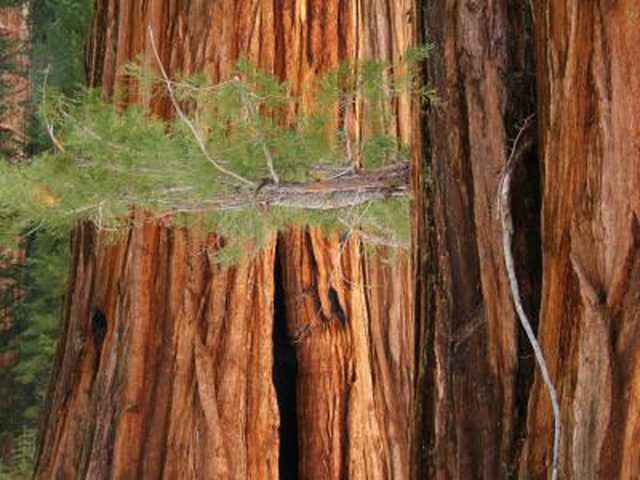
Forestry researchers have recently discovered a wide range of plants and animals that live in the redwood canopy creating a unique ecosystem 300 feet above ground. In addition to ferns, and trees such as firs, spruce and western hemlock, the researchers also found shrubs such as gooseberry and elderberry. That plant life supports inspects, worms, birds, salamanders and small mammals such as voles.

Roughly 45 percent of today's redwood trees are located safely within the borders of the National and State Redwood Park and the Humboldt Redwoods State Park. However, the trees can also be seen in the Big Sur region near the Santa Lucia Mountains. There are also several groves of Redwoods just over the Oregon border on the edge of the Klamath Mountains.
